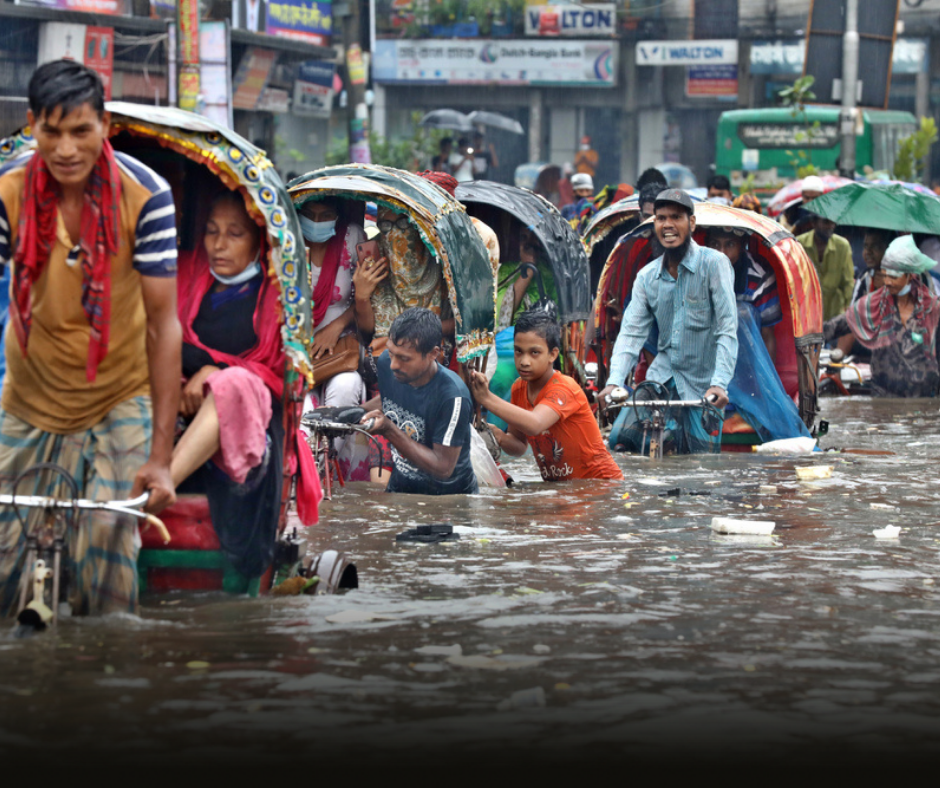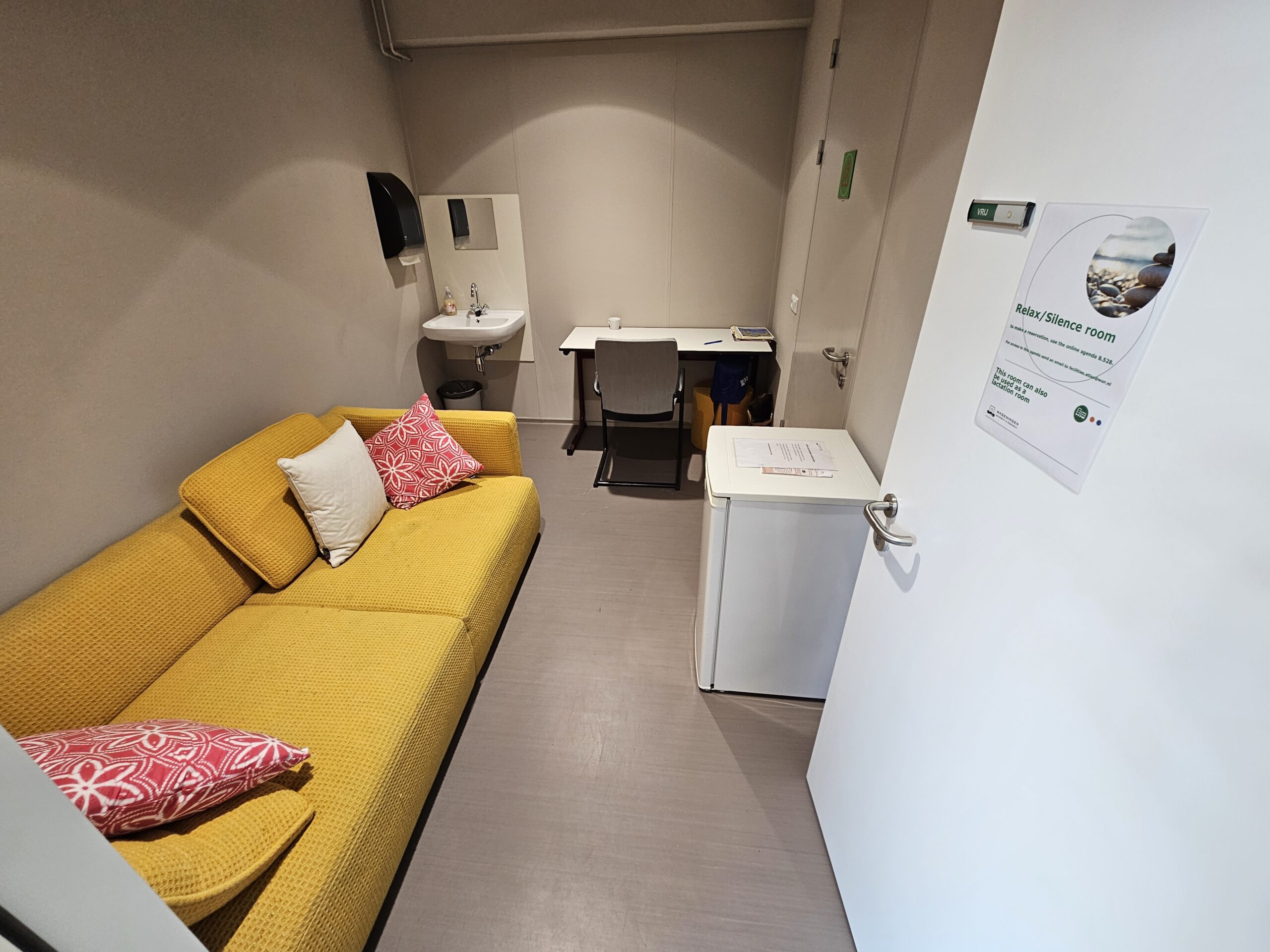The Netherlands is organizing a climate adaptation summit on 25 and 26 January. The main question at this international online conference is how countries can best respond to climate change.
Preceding this conference, WUR ran a series of seminars on climate change and research on climate adaptation measures.
What is the best way of responding to global warming? Tim van Hattum, Climate programme leader at WUR, offers a top five of options. He stresses that we need all these solutions on a large scale.
- Natural coastal protection
This is a question of building with nature – projects that combine coastal protection with nature development. Examples include the sand motor off the Dutch coast, oyster reefs in Bangladesh and mangrove forests in Indonesia. The idea: flexible coastal protection grows in step with rising sea levels. - Restoration of wetlands and room for rivers
This can mean raising the water level in peatland areas around the world, such as the Netherlands and Indonesia, to reduce CO2 emissions and create wetland nature reserves at the same time. As well as capturing more and better-quality fresh water by restoring wetlands and streams or creating room for rivers. - Green cities
Creating climate-resilient cities can mean combatting flooding and overheating in cities and keeping them habitable in the future. Measures can include planting trees, creating more parks, smart green roofs, and urban farming. - Climate-smart agriculture
Examples of climate-smart agriculture are sustainable soil management with a higher level of carbon sequestration, smarter irrigation systems that cope better with water shortages and surpluses, and the development of salt- and drought-tolerant crops. - Adaptive delta management
Long-term plans for adapting water management to changed climates. For example: the delta plans in the Netherlands, Bangladesh and Vietnam.
Interested in reading more about this? A magazine on climate change has been published as well.

 Photo: Shutterstock
Photo: Shutterstock 

